Chilime–Trishuli 220 kV transmission line nearing completion after multiple delays
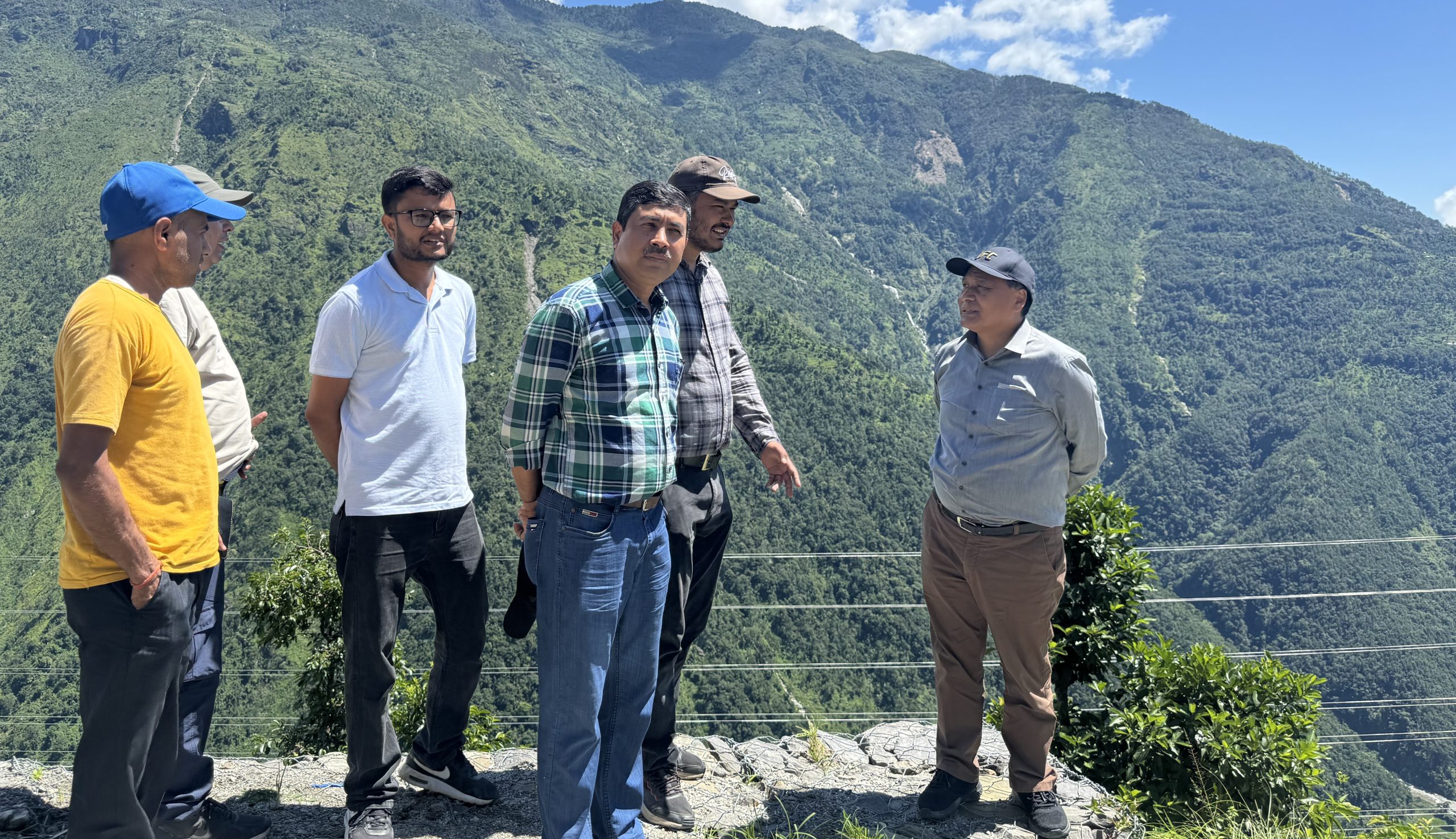
KATHMANDU: The long-delayed Chilime–Trishuli 220 kV transmission line, crucial for transmitting electricity from hydropower projects in the Trishuli River basin to Nepal’s national grid, is finally nearing completion after years of setbacks.
According to officials from the Nepal Electricity Authority (NEA), the 28-kilometer transmission line, which runs from Rasuwa’s Chilime Hub Substation to Nuwakot’s Trishuli 3B Hub Substation, is expected to be operational before Dashain, despite ongoing challenges.
The project, launched to connect 111 MW from the Rasuwagadhi Hydropower Project and 42.5 MW from the Sanjen Hydropower Project, has faced numerous obstacles, including difficult terrain, poor contractor performance, forest land issues, and disruptions caused by COVID-19. Of the 76 transmission towers required for the project, 75 have been completed, and work on the last tower is in the final stages. Only five kilometers of transmission wire remain to be laid, with around 200 workers mobilized to complete the task.
NEA Executive Director Kulman Ghising, along with a high-level team, inspected the construction site on Saturday and set a hard deadline to finish the project before the major festival of Dashain. “This line is critical to operationalizing two major hydropower projects. Despite the extremely challenging geographical conditions, the work is almost complete, and we must finish the remaining work before Dashain,” said Ghising during the site inspection.
The transmission line construction has been marred by delays, particularly due to the rugged Himalayan terrain and the lack of access roads, forcing workers to transport construction materials via mules and helicopters. Floods, landslides, and community opposition have also slowed progress. The NEA has built over 20 kilometers of access roads to facilitate the project.
In addition, the 216 MW Upper Trishuli-1 Hydropower Project, developed by a Korean company, will connect to the transmission line via a multi-circuit system. Upper Trishuli-1 will cover 60% of the costs for the multi-circuit construction.
The NEA now faces significant pressure to complete the transmission line, as delays have prevented both Rasuwagadhi and Sanjen from starting electricity production. The unfinished line has already resulted in substantial revenue losses, and further delays could negatively impact the nation’s energy supply.
Despite these challenges, NEA officials remain optimistic about meeting the deadline. Ghising’s team has emphasized the need for urgency and has urged contractors to expedite the remaining work. “The final stages are within reach, and we must push forward with all our efforts,” Ghising said.
With Dashain just weeks away, all eyes are on the NEA and its contractors to see if they can deliver on this critical infrastructure project after years of delays and mounting pressure.



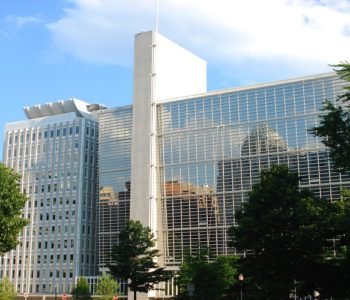





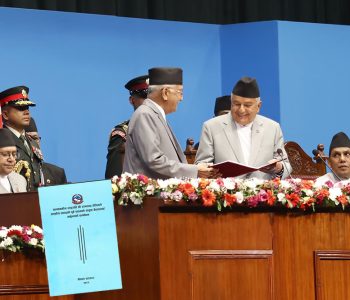

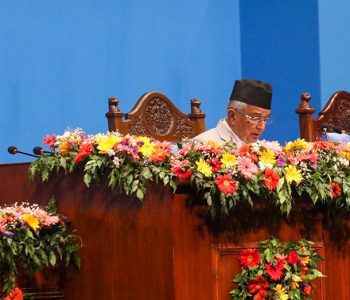
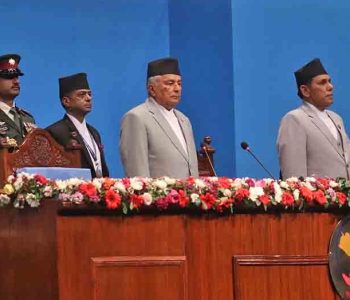
Facebook Comment